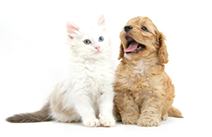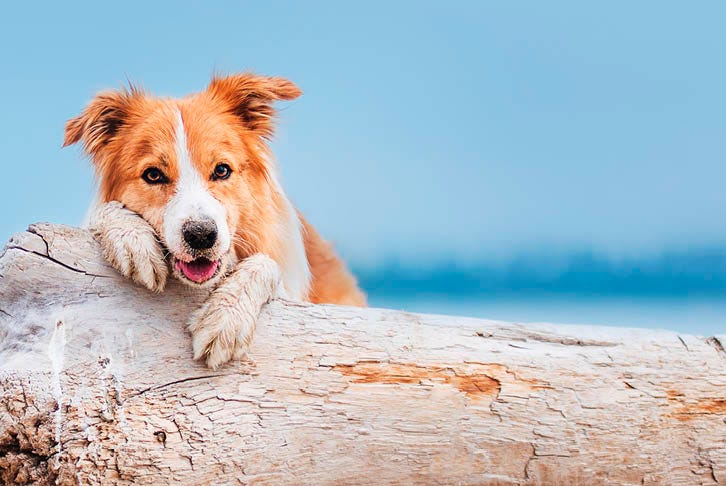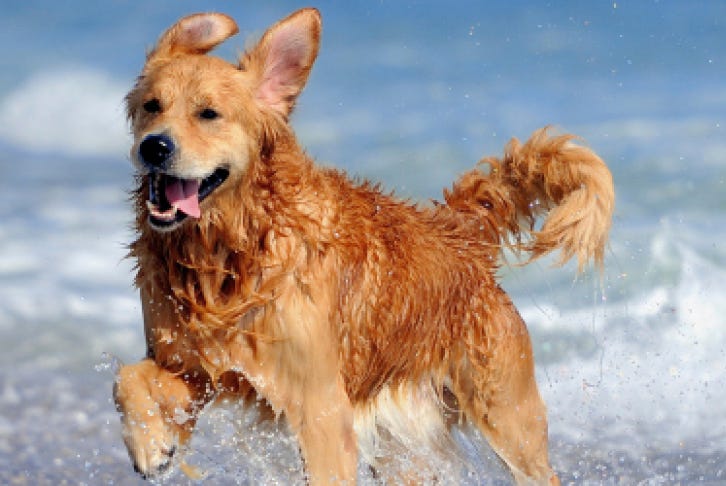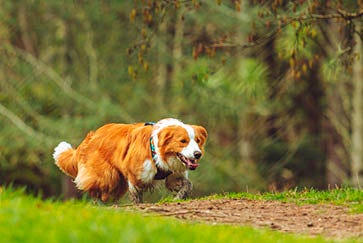Blue-green algae poisoning
Potentially toxic algae (also called Cyanobacteria) can make animals extremely sick when ingested. Knowing what to look for when visiting lakes, ponds and rivers is the best way to keep your dog safe.
Cyanobacteria are organisms that live in New Zealand waterways naturally. Some of them produce cyanotoxins, which becomes a problem when we have warm, dry weather with lots of sunlight, such as in Summer, as the Cyanobacteria thrive and form blooms that can be toxic.
Unfortunately, dogs love the musty smell of potentially toxic algae and are naturally drawn to investigating it – usually by licking or ingesting the material when out enjoying rivers and lakes across the country. It can be very dangerous to dogs and can even be deadly.

Affected rivers may contain brown, green or black slime or mats on the rocks (even submerged at the bottom), floating in the water or washed up on the edge of the waterway. They can be light brown or white when dried out. In lakes they are generally green and floating, like pea soup, or a green-red film or scum at the edge.

When this situation develops it is best to avoid the affected waterways as the toxin-containing water and blooms can be life-threatening if licked or swallowed by animals and humans alike. A 50c size piece is enough to cause serious illness.
Signs of poisoning
Signs of poisoning can include lethargy, muscle tremors, panting, paralysis and death within 30mins. Prevention is best, here’s how to keep your dog safe:
- Keep your dog on a lead
- Keep them out of the water
- Do not let them touch, lick or eat any algal mats in the water, on the water’s edge
- Do not let them drink the water in affected areas
- If your dog has been in the water do not let them lick their fur
- Wash them with fresh water as soon as possible
Your regional council will provide regular updates on the state of the waterways, so be sure to stay informed. You should also learn what to look out for as blooms can develop rapidly. The LAWA website is a useful website to check whether the water is safe for swimming.
If you suspect your dog has been in contact with toxic algae, contact your vet immediately.









